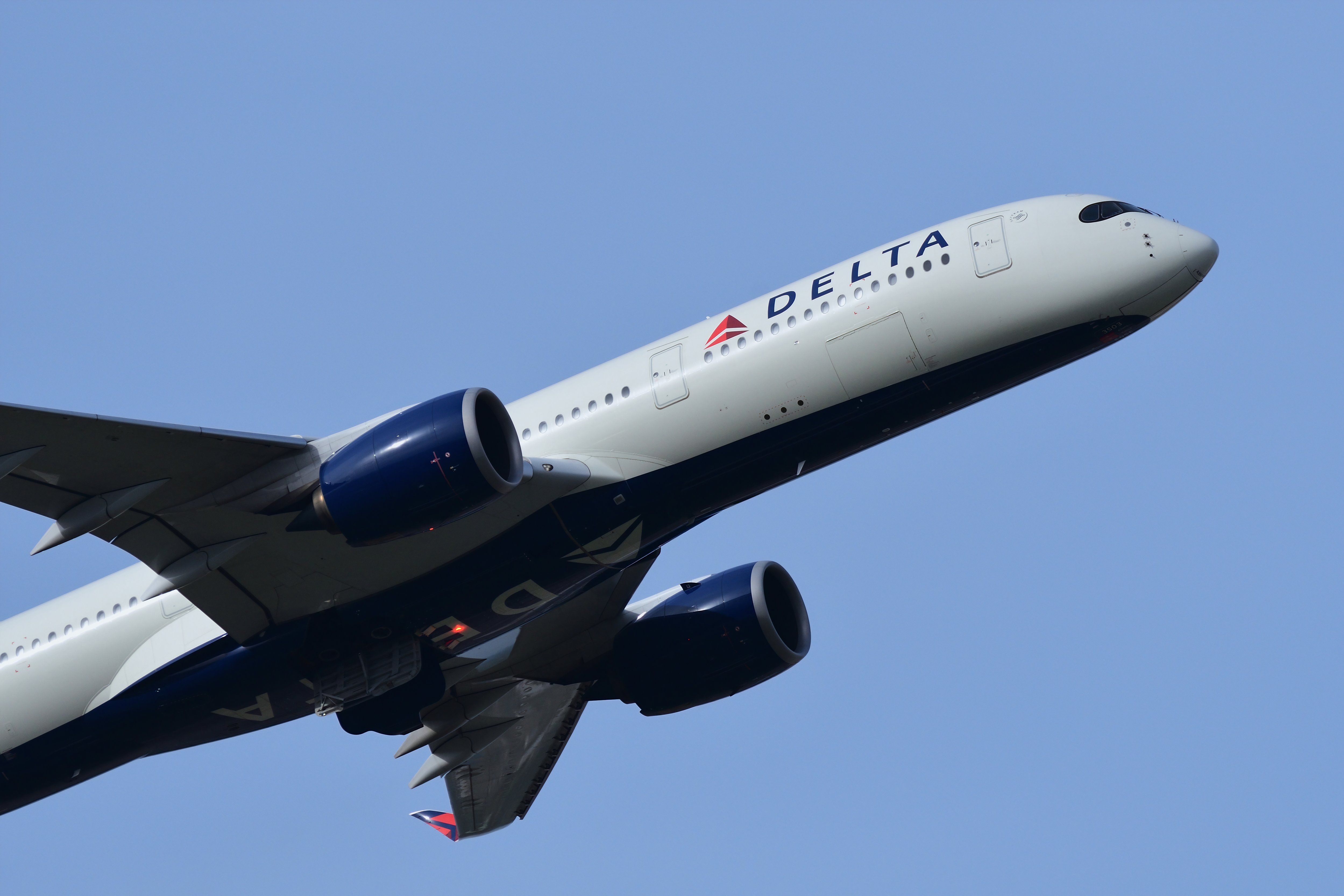We toured the recently opened new international T2 in Santiago’s airport.
Market dynamics and challenges
While these routes might seem straightforward, the market dynamics are anything but. The U.S.-Chile market is influenced by various factors, including economic conditions, political stability, and even seasonal demand. For instance, the tourism market is heavily influenced by Chile’s appeal as a destination for adventure travel, with its diverse landscapes ranging from the Atacama Desert to Patagonia. Conversely, the business travel market is driven by Chile’s strong mining sector and its role as a gateway to South America for multinational corporations.

The LATAM Lounge is located in Santiago de Chile’s new Terminal 2. Photo: Daniel MartĂnez Garbuno | Simple Flying.
However, these airlines are also navigating a landscape filled with challenges. Rising fuel costs, fluctuating exchange rates, and the lingering effects of the COVID-19 pandemic continue to impact operations. Additionally, there’s the competition—not just from within the U.S., but also from European carriers that offer one-stop connections to Santiago via their hubs.
Aircraft Choices: What’s Flying and Why
The aircraft choices on these routes aren’t random either. Each plane is chosen for its ability to maximize efficiency, capacity, and range.
Boeing 787-8 and 787-9 Dreamliner: This is the perfect plane for long-haul routes like JFK-SCL and LAX-SCL. It’s fuel-efficient, capable of flying long distances, and offers a good balance of passenger capacity and comfort. The Dreamliner is also a quieter aircraft, which is a bonus for passengers on these long flights. Photo: Viper Zero | Shutterstock Airbus A350-900 (Delta Air Lines): Delta’s flagship long-haul aircraft, the A350-900, is all about efficiency and passenger experience. It’s perfect for the ATL-SCL route, providing Delta with the range, capacity, and cost-effectiveness they need to compete. The A350 is also a step forward in terms of environmental impact, offering lower emissions per seat, which is increasingly important for airlines facing regulatory and consumer pressure to reduce their carbon footprints.
Photo: Viper Zero | Shutterstock Airbus A350-900 (Delta Air Lines): Delta’s flagship long-haul aircraft, the A350-900, is all about efficiency and passenger experience. It’s perfect for the ATL-SCL route, providing Delta with the range, capacity, and cost-effectiveness they need to compete. The A350 is also a step forward in terms of environmental impact, offering lower emissions per seat, which is increasingly important for airlines facing regulatory and consumer pressure to reduce their carbon footprints.
 Related LATAM 787 Business Class Fifth Freedom Flight Review
Related LATAM 787 Business Class Fifth Freedom Flight Review
Wrapping it up
In the end, the U.S.-Chile routes are a battleground for market share, brand loyalty, and global connectivity. LATAM, American Airlines, and Delta Air Lines are executing strategies that will shape their future in one of the world’s more dynamic aviation markets. These routes are about more than just transporting passengers from point A to point B—they’re about securing the future of these airlines in a competitive and ever-changing market.
So, the next time you see one of these flights on the departure board, remember: there’s a lot more going on behind the scenes than just getting passengers from point A to point B.
Source link : http://www.bing.com/news/apiclick.aspx?ref=FexRss&aid=&tid=66b3cab8c9b34cfc8e3b81e746ed3494&url=https%3A%2F%2Fsimpleflying.com%2Fus-chile-airlines-and-routes%2F&c=6049450189727254327&mkt=en-us
Author :
Publish date : 2024-08-06 13:00:00
Copyright for syndicated content belongs to the linked Source.












